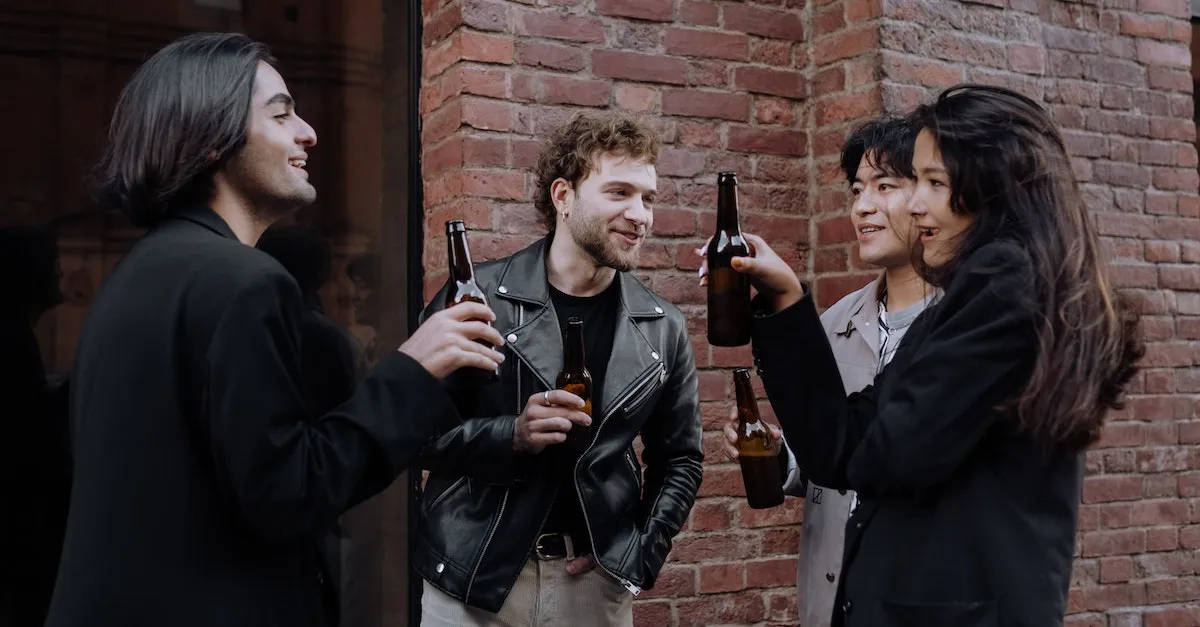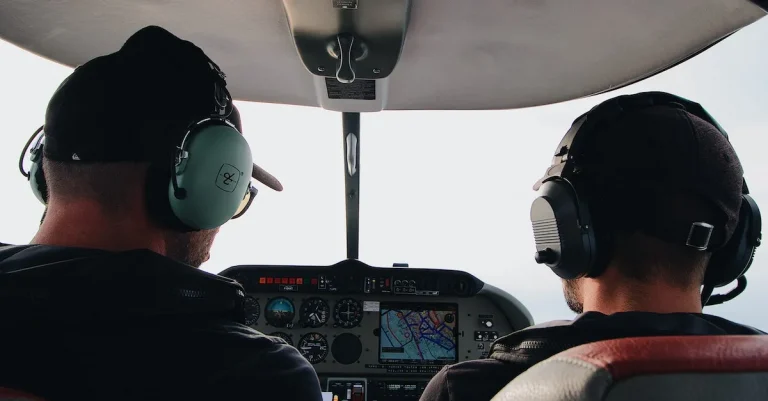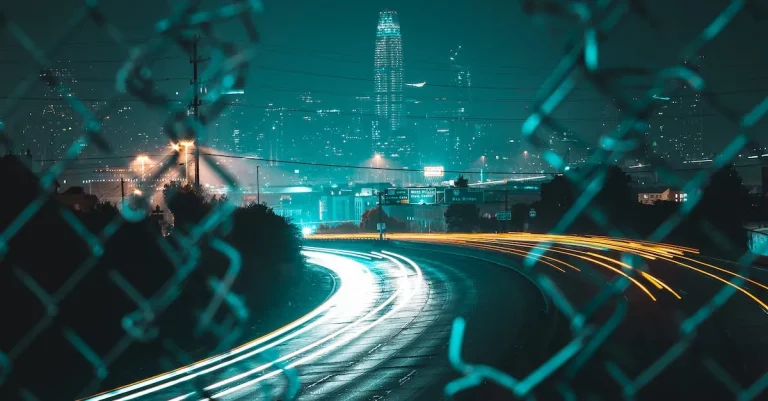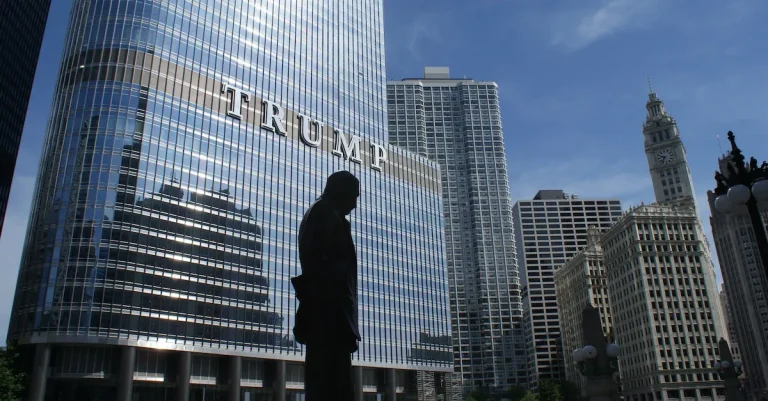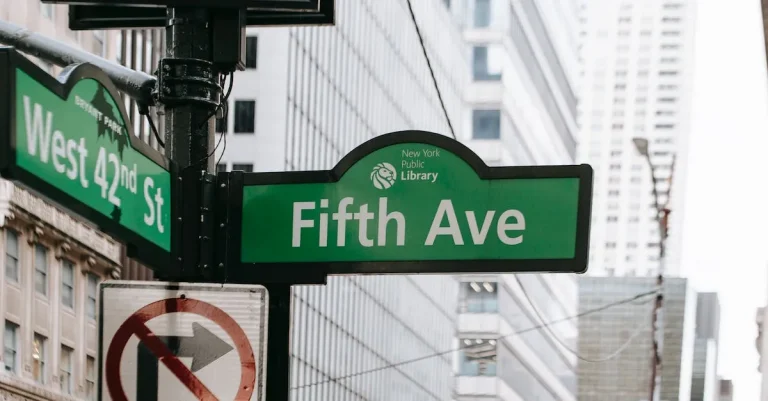Major Gangs In New York Today
New York City has a long and complex history with street gangs. If you’re looking for a quick answer, some of the most prominent gangs active in New York today include the Bloods, Crips, Latin Kings, MS-13, and various smallet sets.
In this comprehensive guide, we will explore the origins, operations, and other key details about the major gangs that currently have a presence in New York City and the surrounding areas.
Bloods
History and background
The Bloods is a notorious street gang that originated in Los Angeles, California in the late 1960s. It was initially formed as a response to the growing influence of the Crips, another prominent gang in the area.
The Bloods quickly gained notoriety for their violent activities and the distinct red color associated with their gang affiliation. Over the years, the Bloods expanded their presence to other cities, including New York.
Organizational structure
The Bloods have a hierarchical structure, with sets or factions operating independently within the larger gang. Each set is led by a leader or “OG” (Original Gangster) who oversees the activities of their members.
Within the sets, there may be subgroups or cliques that focus on specific criminal activities or territories. This decentralized structure allows the Bloods to maintain their presence and carry out various criminal operations.
Criminal activities
The Bloods are involved in a wide range of criminal activities, including drug trafficking, robbery, assault, and murder. They are known for their involvement in the illegal drug trade, particularly the distribution of crack cocaine and heroin.
The gang also engages in extortion, prostitution, and other forms of organized crime. Their criminal activities often result in violence and conflict with rival gangs, such as the Crips.
Geographic territory in NYC
In New York City, the Bloods have a significant presence in various neighborhoods, primarily in the Bronx, Brooklyn, and Harlem. They control a significant portion of the drug trade in these areas and are involved in other criminal enterprises.
However, it’s important to note that gang territories can shift over time due to conflicts with rival gangs and law enforcement efforts to disrupt their operations.
For more information on the Bloods and their activities, you can visit the FBI’s official website.
Crips
The Crips, one of the most notorious street gangs in the United States, has a significant presence in New York City. Originally formed in Los Angeles in the late 1960s, the Crips have since expanded their operations to various cities across the country, including New York.
The gang is known for its involvement in criminal activities, including drug trafficking, violence, and territorial disputes.
History and origins
The Crips were initially established in 1969 by Raymond Washington and Stanley Williams in South Central Los Angeles. The gang’s primary objective was to protect their neighborhood from other rival gangs.
Over time, the Crips grew in size and influence, leading to the creation of various Crip sets throughout different cities, including New York.
Sets and alliances
In New York City, the Crips are organized into different sets, which are smaller factions within the larger gang. Each set is typically associated with a specific neighborhood or housing project. Examples of Crip sets in NYC include the Eight Tray Gangster Crips, the Rollin’ 60s Neighborhood Crips, and the Grape Street Watts Crips.
The Crips also form alliances with other gangs, such as the Bloods, in order to establish dominance and control over certain areas. These alliances often lead to violent conflicts and territorial disputes, contributing to the overall crime rate in New York City.
Involvement in drug trade
One of the main sources of income for the Crips in New York City is their involvement in the drug trade. The gang plays a significant role in the distribution of illicit substances, such as cocaine, heroin, and marijuana, within their territories.
Through their extensive network and connections, the Crips are able to control the drug market in certain neighborhoods, leading to increased violence and addiction issues. The drug trade not only fuels the gang’s financial resources but also contributes to the overall destabilization of communities.
Strongholds in NYC
The Crips have established strongholds in various neighborhoods throughout New York City. Some of the areas known for their Crip presence include Harlem, the Bronx, and Brooklyn. These neighborhoods often experience higher crime rates, including gang-related violence and drug trafficking.
Law enforcement agencies in New York City continuously work to combat the influence of Crip gangs through targeted operations, intelligence gathering, and community outreach programs. Efforts are made to disrupt the gang’s activities and dismantle their networks, but the Crips remain a formidable presence in certain parts of the city.
Latin Kings
The Latin Kings is one of the major gangs in New York today, known for its strong presence and influence in the city. With a history dating back to the 1940s, the Latin Kings have established themselves as a formidable force in the criminal underworld.
Origins and founding
The Latin Kings were originally formed in Chicago in the 1940s by a group of Puerto Rican youths who sought to protect themselves from other violent gangs. The gang eventually spread to New York, where it gained a significant following and expanded its operations.
Organizational hierarchy
The Latin Kings operate under a strict hierarchical structure, with a clearly defined leadership and chain of command. At the top is the “Corona,” who serves as the overall leader of the gang. Below the Corona are various regional leaders, known as “Incas,” who oversee the activities of individual chapters.
Each chapter is further divided into smaller units known as “tribes,” which are responsible for carrying out the gang’s operations.
Illegal activities
The Latin Kings engage in a wide range of illegal activities, including drug trafficking, extortion, robbery, and violence. They are known to be involved in the distribution of narcotics such as cocaine and heroin, contributing to the city’s ongoing struggle with drug-related crimes.
Additionally, the gang has been linked to acts of violence, including shootings and assaults, often as a means to maintain their control over specific territories.
Areas of control in NYC
The Latin Kings have a significant presence in various neighborhoods throughout New York City. Some of the areas where they are known to have a strong foothold include East Harlem, the South Bronx, and parts of Brooklyn.
These areas have witnessed a high level of gang-related activities, including drug dealing and territorial disputes.
It is important to note that gang activity in New York City is a serious issue that poses a threat to public safety. Law enforcement agencies are constantly working to combat the influence of gangs like the Latin Kings and ensure the safety of the community.
MS-13
MS-13, also known as Mara Salvatrucha, is one of the most notorious and dangerous gangs operating in New York City today. Originally formed in the 1980s by Salvadoran immigrants in Los Angeles, MS-13 has since spread its influence across the United States, Central America, and even parts of Europe.
Roots and establishment
MS-13 was initially established as a means of protection for Salvadoran immigrants who were facing violence and discrimination in Los Angeles. The gang quickly grew in size and began engaging in various criminal activities, including drug trafficking, human smuggling, and extortion.
Over the years, MS-13 has developed a reputation for its extreme violence and ruthless tactics.
Cliques and structure
MS-13 is organized into various cliques or factions, each with its own leadership structure. These cliques operate independently but still maintain loyalty to the broader MS-13 organization. Some of the most prominent cliques include the Fulton Locos, Hollywood Locos, and the Normandie Clique.
Each clique has its own set of rules and initiations, and members are expected to follow a strict code of conduct.
Criminal enterprises
MS-13 is involved in a wide range of criminal enterprises, with their primary sources of income being drug trafficking and extortion. They are known for their involvement in the distribution of cocaine, marijuana, and methamphetamine.
Additionally, the gang is involved in human trafficking, weapons smuggling, and prostitution. MS-13’s criminal activities are not limited to New York City but extend to other major cities across the United States.
Presence in NYC
MS-13 has a significant presence in New York City, particularly in neighborhoods with large immigrant populations. The gang’s influence can be seen in areas such as Queens, Long Island, and parts of the Bronx.
While law enforcement agencies have made efforts to combat MS-13, the gang continues to pose a significant threat to the safety and security of these communities.
For more information on MS-13 and its activities, you can visit the FBI’s official website.
Other Notable Gangs
In addition to the well-known gangs mentioned earlier, there are several other notable gangs operating in New York City. These gangs have their own distinct identities, territories, and criminal activities. Let’s take a closer look at some of them:
Trinitarios
The Trinitarios, also known as the 3ni, is a Dominican street gang that originated in the late 1980s. They have a significant presence in New York City, particularly in the Bronx and Washington Heights.
The Trinitarios have been involved in various criminal activities, including drug trafficking, robbery, and violent crimes. Their main rival gang is the Ñetas.
Ñetas
The Ñetas is a Puerto Rican gang that has been active in New York City since the 1970s. They have a strong presence in neighborhoods such as East Harlem and the South Bronx. The Ñetas are known for their involvement in drug trafficking, extortion, and violence.
They have an intense rivalry with the Trinitarios, often resulting in deadly conflicts between the two gangs.
Hell’s Angels
The Hell’s Angels is a notorious motorcycle gang that was founded in California in 1948. Although they are not exclusive to New York City, they have a notable presence in the city, particularly in the East Village and the Bronx.
The Hell’s Angels are involved in various criminal activities, including drug trafficking, organized crime, and violent conflicts with rival gangs. Their iconic insignia, a winged skull, is often seen on their motorcycles and clothing.
Aryan Brotherhood
The Aryan Brotherhood is a white supremacist prison gang that originated in California’s San Quentin State Prison in the 1960s. While not exclusive to New York City, they have a presence in the city’s correctional facilities.
The Aryan Brotherhood is known for its racist ideology and involvement in organized crime, drug trafficking, and violent activities. They have a strict hierarchical structure and are considered one of the most dangerous gangs in the prison system.
It is important to note that these gangs pose a significant threat to the safety and well-being of New York City residents. Law enforcement agencies are actively working to combat their activities and dismantle their criminal networks.
If you have any information about gang-related activities, it is crucial to report it to the authorities to help ensure the safety of your community.
Conclusion
Gang activity has been an unfortunate reality in New York City for decades. As this guide has shown, some of the most prominent gangs like the Bloods, Crips, Latin Kings and MS-13 continue to maintain a presence across NYC’s five boroughs.
While gang violence has declined from its peak in the 1970s-1990s, these organizations remain engaged in drug trafficking, robbery, fraud and other crimes. Understanding the background and operations of these gangs can help community leaders and law enforcement combat their influence and make our neighborhoods safer.

